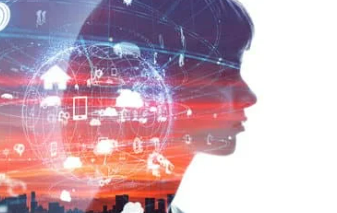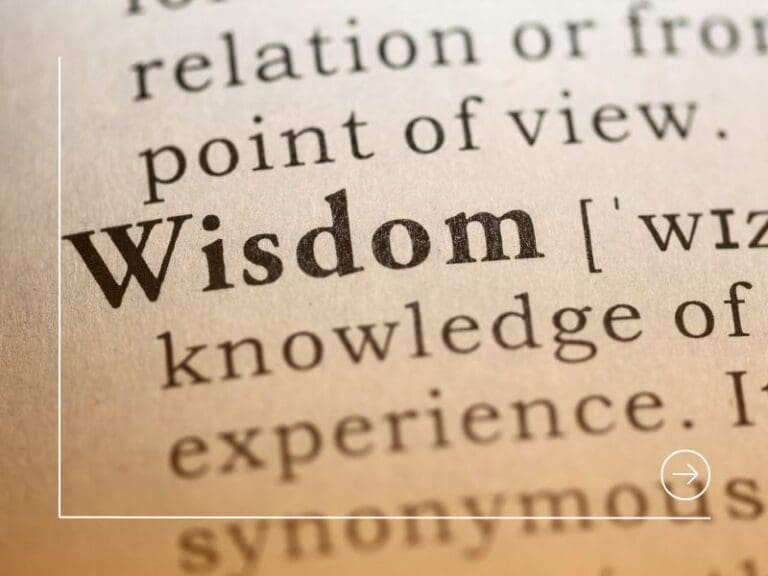My pre-tech background is in third-sector project management. Having worked in education and with refugees, it came as a surprise for many when I decided to enroll in a software engineering bootcamp. Embracing this shift reflects the transformative impact of AI in the workplace: The benefits of ChatGPT on career paths and personal growth.
You see, there is a perception that tech is only about creating games, fun apps, and the latest iPhone. For me, one of the things that motivated me to get into tech was the possibility of using coding as a tool to help girls break the glass ceiling.
But I really didn’t know much about the tech scene in London and even less, worldwide. So, I started asking around, joining Meetups, Googling, trying to find out what was out there. To my very pleasant surprise, the idea of using tech for good is booming. There is even a Tech for Good organisation that is dedicated to ‘shining a light on the people and tech that make our world better’. Therefore, I thought it would be good to compile examples of Tech for Good / AI for Good projects that are out there.
AI for Good
AI for Good was founded by Kriti Sharma following the inaugural Obama Foundation Summit in 2017. Their mission is to “create scalable, innovative technologies to change the world”.
rAInbow
rAInbow is an app aimed to prevent domestic abuse and violence. Women can communicate with the digital assistant as the first point of contact in cases of violence, providing a safe and non-judgmental environment.
“Rainbow removes the human element from the initial conversation and provides a platform as a first step process.”
Google AI for Social Good
Through their AI Impact Challenge, Google allows organisations all over the world to submit ideas on how they could use AI to address social needs. The 20 organisations selected receive support to help bring their ideas to life, and have access to grant funding from a $25 million pool.
Keeping people safe with AI-enabled flood forecasting
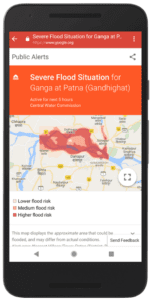 Every year, ~250 million people are affected by floods, worldwide. In 2017, Google launched SOS Alerts on Search and Maps. In partnership with local governments, SOS Alerts helps make emergency information more accessible during a natural or human-caused crisis. When you are near a disaster, your phone might show notifications of the event, as well as emergency phone numbers, maps, etc. Currently, Google is studying historical events, river level readings, terrain elevation of areas, amongst other elements, to try to predict the severity of floods, in addition to the when and where of their occurrence. This information is then incorporated into Google Public Alerts, which are integrated with Google Search, Google Maps, and Google Now.
Every year, ~250 million people are affected by floods, worldwide. In 2017, Google launched SOS Alerts on Search and Maps. In partnership with local governments, SOS Alerts helps make emergency information more accessible during a natural or human-caused crisis. When you are near a disaster, your phone might show notifications of the event, as well as emergency phone numbers, maps, etc. Currently, Google is studying historical events, river level readings, terrain elevation of areas, amongst other elements, to try to predict the severity of floods, in addition to the when and where of their occurrence. This information is then incorporated into Google Public Alerts, which are integrated with Google Search, Google Maps, and Google Now.
Assessing Cardiovascular Risk Factors with Computer Vision
Cardiovascular events are still among the top public health concerns, worldwide. By using deep learning algorithms, researchers have been able to predict the likelihood of CV events in patients from retinal images. By taking the retinal image of one patient 5 years before experiencing a CV event, and comparing it to the image of a patient who didn’t experience one, the algorithm was able to identify patients who had CV events 70% of the time. Furthermore, by using attention techniques, it was possible to generate a heatmap that showed which pixels in the images were the most important ones to keep track of.
Microsoft
AI for Earth — FarmBeats
Due to climate change, arable land is decreasing alongside water levels, making it difficult to increase food production. This is particularly worrying as there is research highlighting the need to significantly increase the world’s food production by 2050.
Microsoft is using data-driven farming to increase farm productivity and reduce costs. By using data in conjunction with farmers’ expertise, solutions are being developed to solve farming problems. Solutions include using low-cost sensors, drones, and vision & machine learning algorithms.
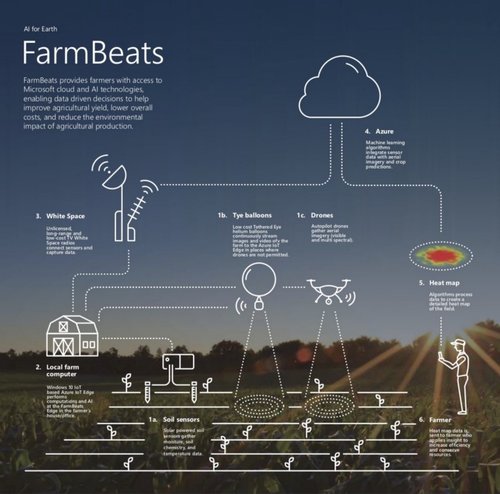
AI for Humanitarian Action: Operation Smile
Operation Smile is a nonprofit that uses a facial modelling algorithm and Microsoft Pix to improve the surgical outcomes of children in need of facial surgeries.
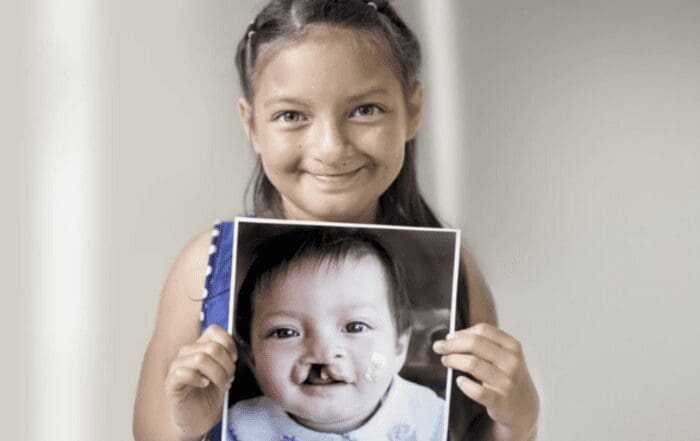
Operation Smile was founded in 1982, with the purpose of ensuring that children born with cleft lip or cleft palate receive high-quality surgical care.
Without surgery, 9 out of 10 children born with a cleft condition could die.
Since its foundation, it has helped more than 270,000 children and young adults with this condition, providing free surgeries across low and middle-income countries.
The global coordination of Operation Smile relies on Microsoft’s SharePoint, secure, web-based, collaborative platform. Furthermore, it is using artificial intelligence to analyse photos with a facial modelling algorithm and Microsoft’s AI-powered Pix camera.
Code Your Future
Code Your Future is a nonprofit organisation that supports refugees and disadvantaged individuals with the dream of becoming developers. In their journey of interrupted lives, unfinished studies and integration challenges, many of these individuals yearn to update their tech skills, but lack learning opportunities. We want to change this.
Through Code Your Future you can volunteer with the organisation as a non-tech individual, a mentor or an experienced web developer to help them run 8-month programmes that help refugees and asylum seekers how to code. The programme is currently available in London, Glasgow and Manchester.
These are only some examples of how technology can be used for social good, it’s not all fun and games. As I mentioned, when I entered the tech scene as a code newbie, I was unaware of the diverse ways to use tech for good. If you are interested in this area, my suggestion is to attend as many events as possible in your area. If you don’t have much around you, read and inform yourself by Googling AI or Tech for Good.
By attending several Meetups, I have met incredible women.
– The Women Who Code relaunch event in London
– I learned about FemTech (did I mean FinTech? No, Fem(feminine) tech) through a Women of Wearables event
– Met industry leaders and innovators at a Tech for Good Meetup at Google Startups Campus
– I got a free networking pass to attend one of London’s largest AI conference, CogX, thanks to Women of Wearables.
In conclusion, if you are a tech newbie, Google a lot and find what interests you the most (FemTech, HealthTech, FinTech, Tech for Good, AI, machine learning), attend events and meet people in that industry. Tech has infinite development possibilities. Explore them!
See SheCanCode’s top pick of events for our favourite events across Europe and the USA.


